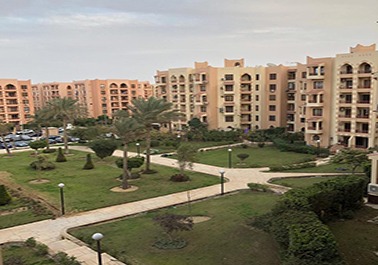The energy savings, resilience, and associated greenhouse gas emission reductions from constructing buildings and infrastructure with concrete more than offset the emissions from cement manufacturing over the life of a structure.
There are the many reasons why concrete is a sustainable building material:
- Long life– Concrete structures are long-lived, such as pavements that have an average service life of 30-50 years.
- Low life-cycle cost – Concrete consumes minimum materials, energy and other resources for construction, and requires little to no maintenance throughout its service life.
- Safety and reliability – Concrete does not rust, rot or burn. Concrete pavements are less susceptible to damage from heavy vehicles, is easier to see at night, ensures shorter vehicle stopping distances in bad weather and requires fewer work zones over the life of the pavement.
Resilience – concrete is resistant to natural and man-made disasters. Because of its durability, concrete structures will not require additional carbon release to produce additional materials used for repair. - Fewer traffic disruptions – Concrete pavements do not require lengthy lane closures, with roads able to reopen within as little as six hours. This reduces time-in-traffic auto emissions.

